Back to Courses

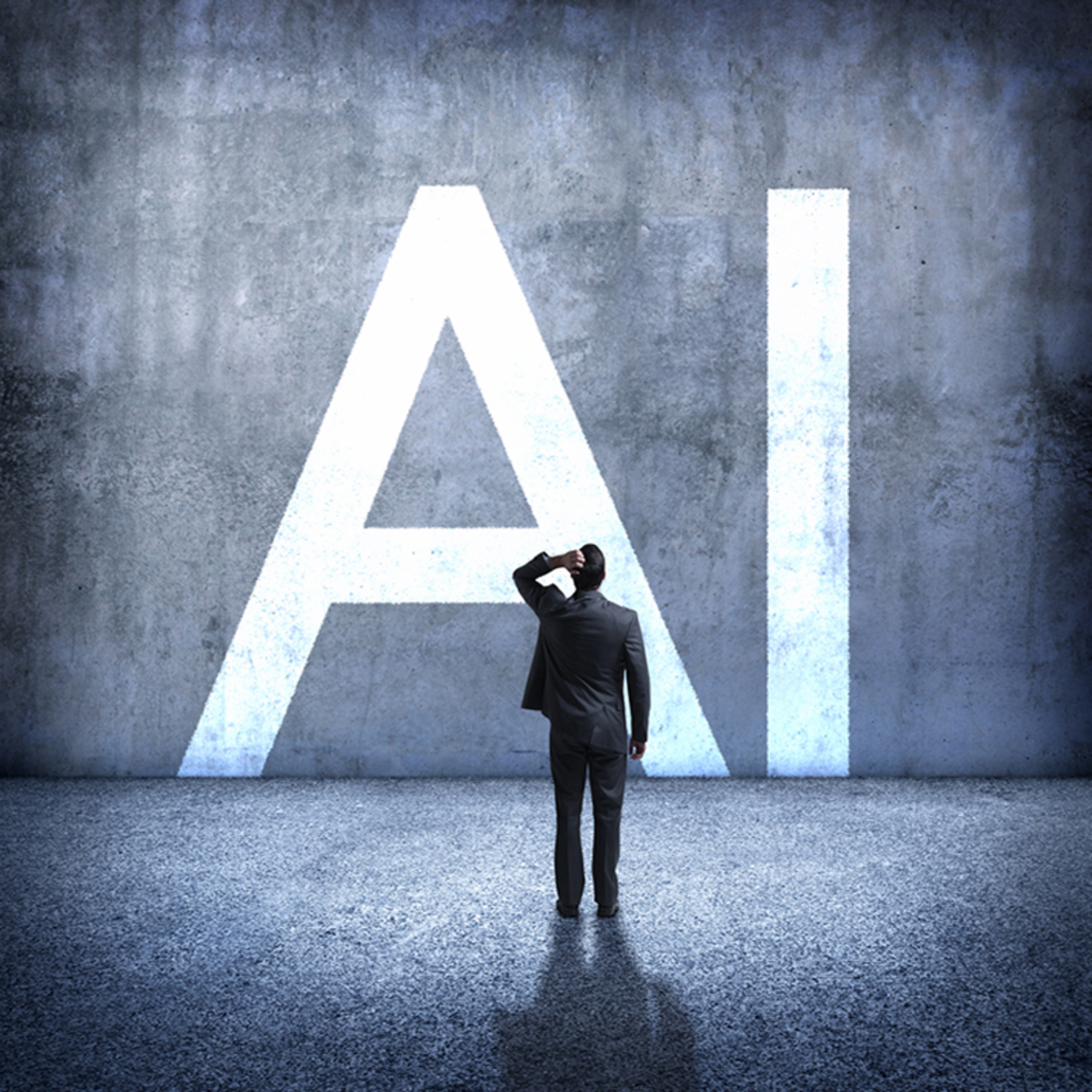
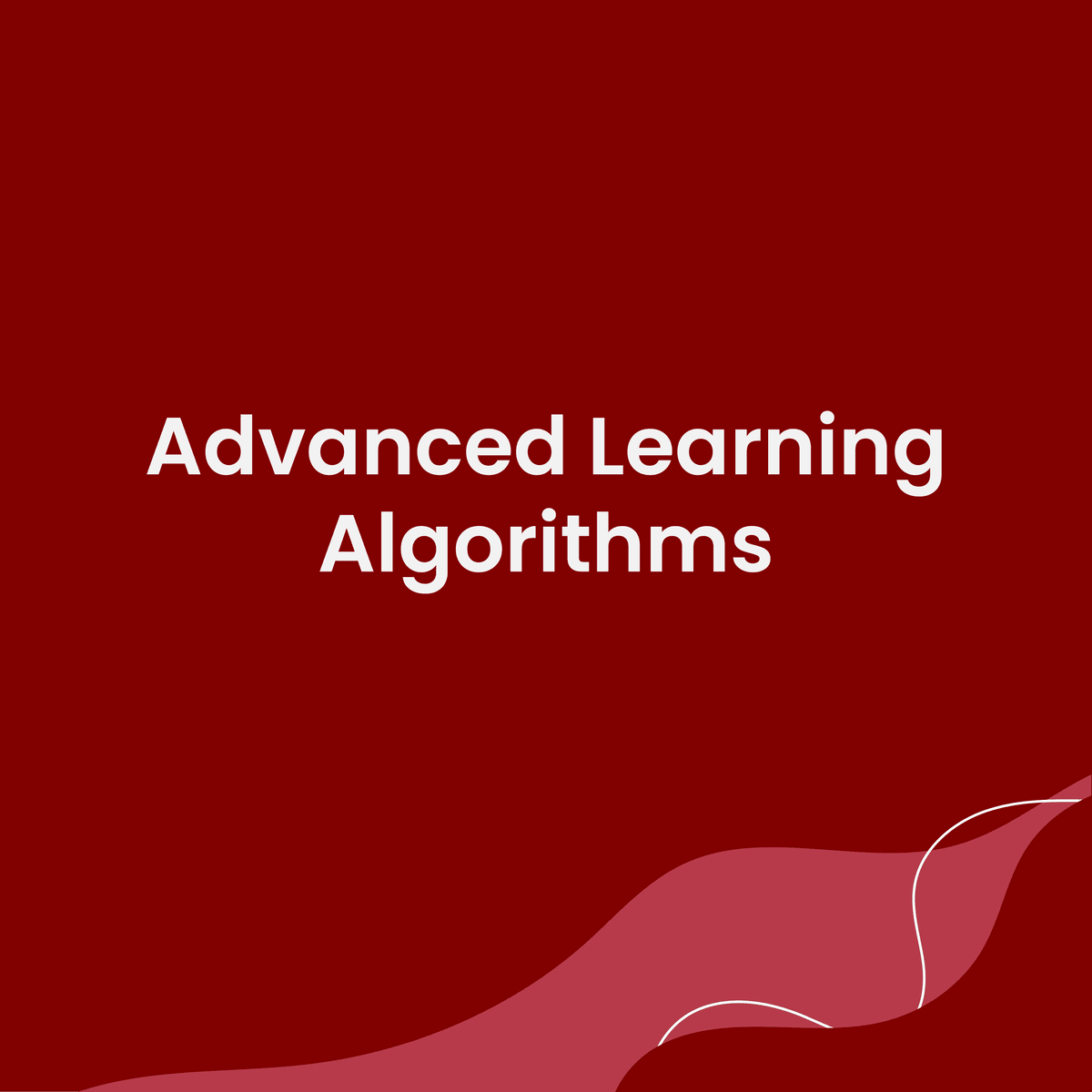

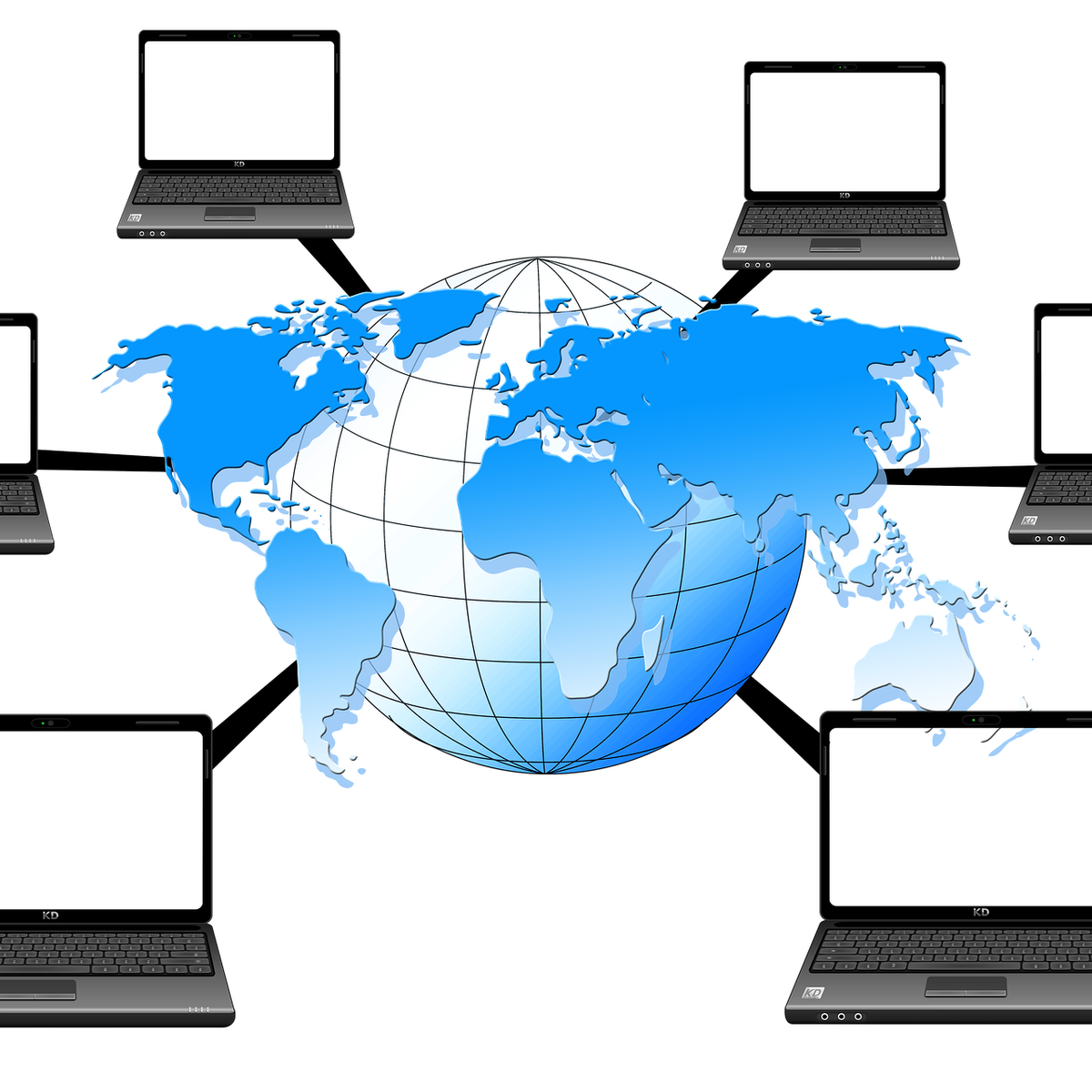

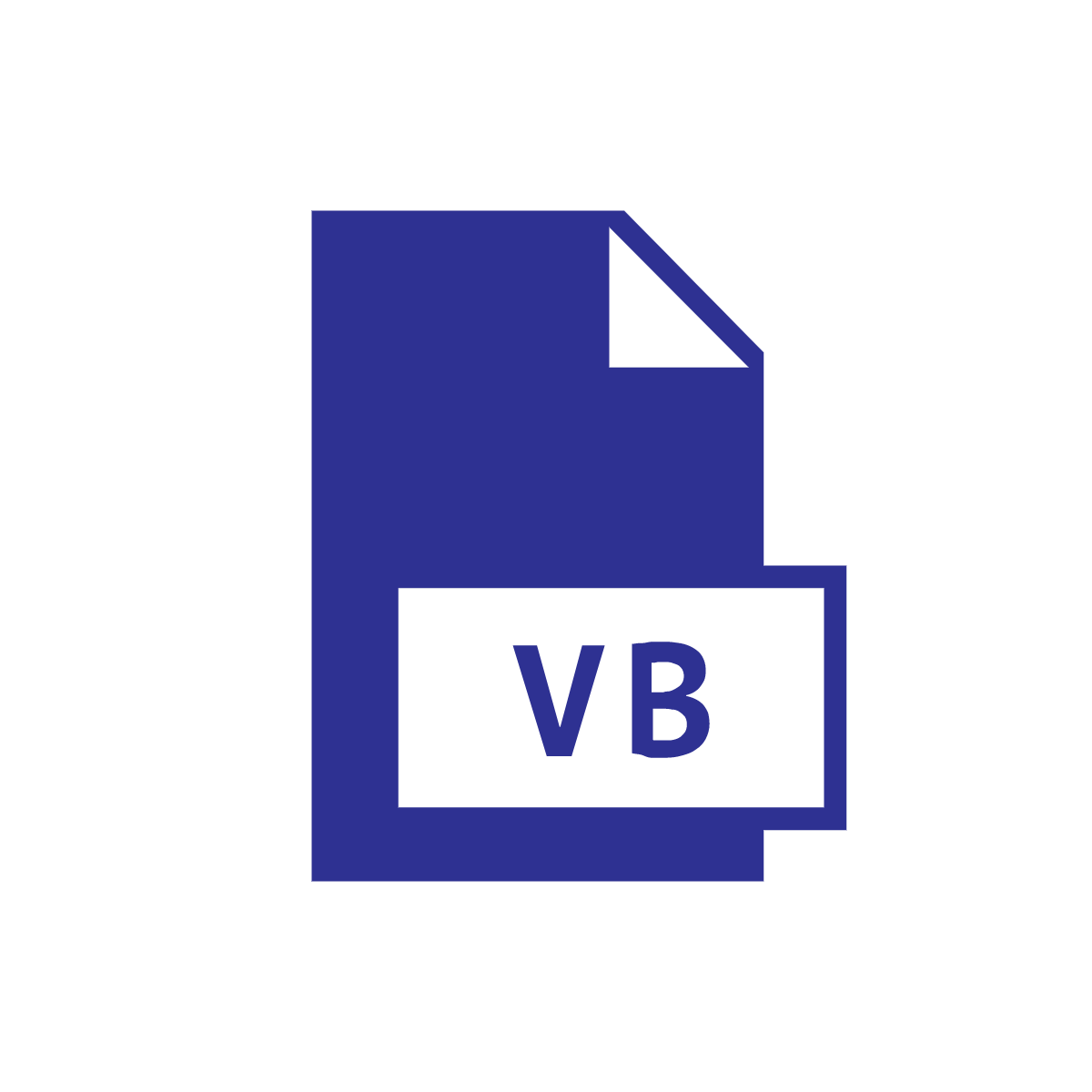
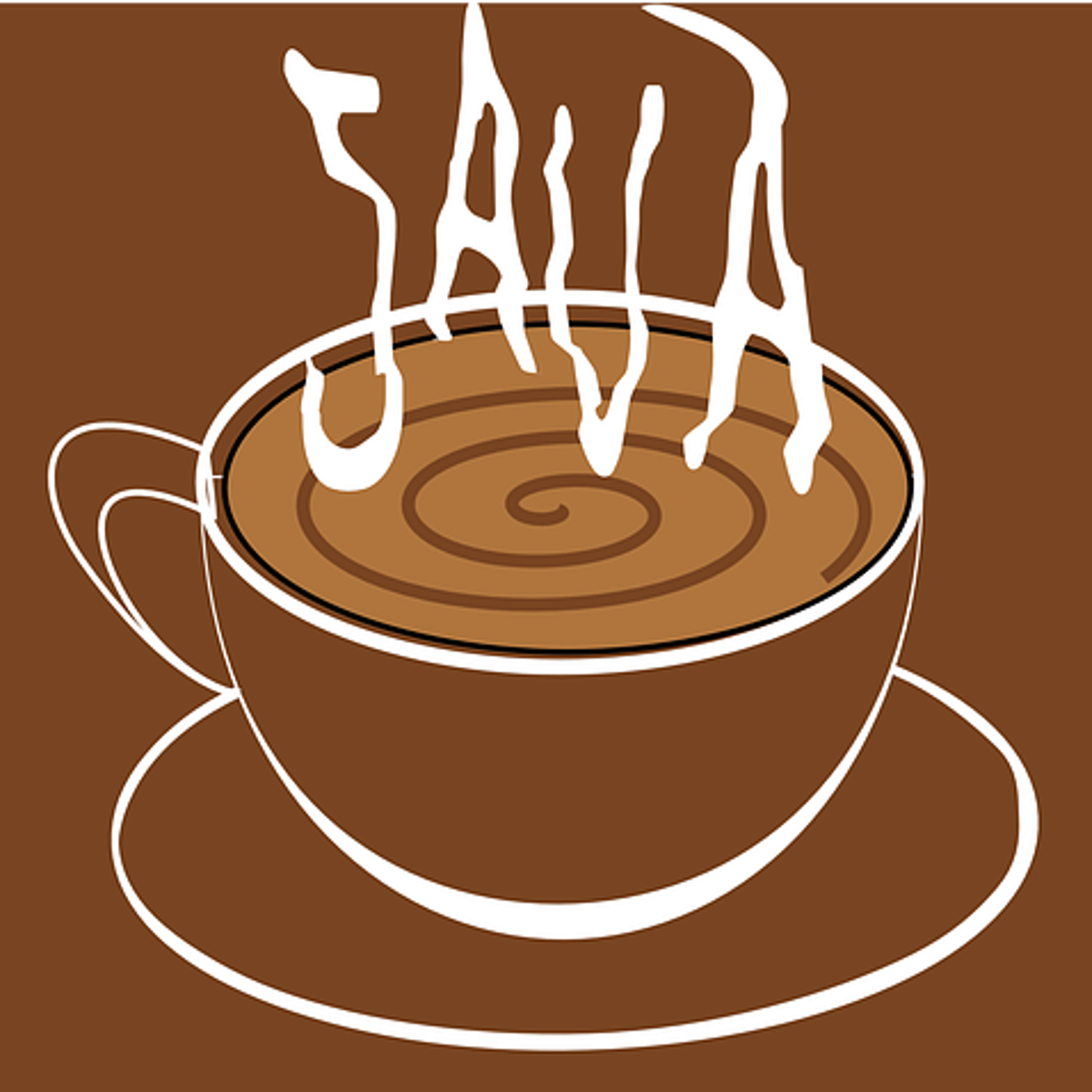

Algorithms Courses - Page 8
Showing results 71-80 of 326

Operations Research (2): Optimization Algorithms
Operations Research (OR) is a field in which people use mathematical and engineering methods to study optimization problems in Business and Management, Economics, Computer Science, Civil Engineering, Electrical Engineering, etc.
The series of courses consists of three parts, we focus on deterministic optimization techniques, which is a major part of the field of OR.
As the second part of the series, we study some efficient algorithms for solving linear programs, integer programs, and nonlinear programs.
We also introduce the basic computer implementation of solving different programs, integer programs, and nonlinear programs and thus an example of algorithm application will be discussed.

Natural Language Processing with Attention Models
In Course 4 of the Natural Language Processing Specialization, you will:
a) Translate complete English sentences into German using an encoder-decoder attention model,
b) Build a Transformer model to summarize text,
c) Use T5 and BERT models to perform question-answering, and
d) Build a chatbot using a Reformer model.
By the end of this Specialization, you will have designed NLP applications that perform question-answering and sentiment analysis, created tools to translate languages and summarize text, and even built a chatbot!
Learners should have a working knowledge of machine learning, intermediate Python including experience with a deep learning framework (e.g., TensorFlow, Keras), as well as proficiency in calculus, linear algebra, and statistics. Please make sure that you’ve completed course 3 - Natural Language Processing with Sequence Models - before starting this course.
This Specialization is designed and taught by two experts in NLP, machine learning, and deep learning. Younes Bensouda Mourri is an Instructor of AI at Stanford University who also helped build the Deep Learning Specialization. Łukasz Kaiser is a Staff Research Scientist at Google Brain and the co-author of Tensorflow, the Tensor2Tensor and Trax libraries, and the Transformer paper.

Artificial Intelligence Algorithms Models and Limitations
We live in an age increasingly dominated by algorithms. As machine learning models begin making important decisions based on massive datasets, we need to be aware of their limitations in the real world. Whether it's making loan decisions or re-routing traffic, machine learning models need to accurately reflect our shared values. In this course, we will explore the rise of algorithms, from the most basic to the fully-autonomous, and discuss how to make them more ethically sound.

Advanced Learning Algorithms
In the second course of the Machine Learning Specialization, you will:
• Build and train a neural network with TensorFlow to perform multi-class classification
• Apply best practices for machine learning development so that your models generalize to data and tasks in the real world
• Build and use decision trees and tree ensemble methods, including random forests and boosted trees
The Machine Learning Specialization is a foundational online program created in collaboration between DeepLearning.AI and Stanford Online. In this beginner-friendly program, you will learn the fundamentals of machine learning and how to use these techniques to build real-world AI applications.
This Specialization is taught by Andrew Ng, an AI visionary who has led critical research at Stanford University and groundbreaking work at Google Brain, Baidu, and Landing.AI to advance the AI field.
This 3-course Specialization is an updated and expanded version of Andrew’s pioneering Machine Learning course, rated 4.9 out of 5 and taken by over 4.8 million learners since it launched in 2012.
It provides a broad introduction to modern machine learning, including supervised learning (multiple linear regression, logistic regression, neural networks, and decision trees), unsupervised learning (clustering, dimensionality reduction, recommender systems), and some of the best practices used in Silicon Valley for artificial intelligence and machine learning innovation (evaluating and tuning models, taking a data-centric approach to improving performance, and more.)
By the end of this Specialization, you will have mastered key theoretical concepts and gained the practical know-how to quickly and powerfully apply machine learning to challenging real-world problems. If you’re looking to break into AI or build a career in machine learning, the new Machine Learning Specialization is the best place to start.

Kinematics: Describing the Motions of Spacecraft
The movement of bodies in space (like spacecraft, satellites, and space stations) must be predicted and controlled with precision in order to ensure safety and efficacy. Kinematics is a field that develops descriptions and predictions of the motion of these bodies in 3D space. This course in Kinematics covers four major topic areas: an introduction to particle kinematics, a deep dive into rigid body kinematics in two parts (starting with classic descriptions of motion using the directional cosine matrix and Euler angles, and concluding with a review of modern descriptors like quaternions and Classical and Modified Rodrigues parameters). The course ends with a look at static attitude determination, using modern algorithms to predict and execute relative orientations of bodies in space.
After this course, you will be able to...
* Differentiate a vector as seen by another rotating frame and derive frame dependent velocity and acceleration vectors
* Apply the Transport Theorem to solve kinematic particle problems and translate between various sets of attitude descriptions
* Add and subtract relative attitude descriptions and integrate those descriptions numerically to predict orientations over time
* Derive the fundamental attitude coordinate properties of rigid bodies and determine attitude from a series of heading measurements

Spring Boot Inversion of Control and Dependency Injection
In this project you will use the Spring Boot Framework to implement Inversion of Control and use the IOC framework to inject Dependency into an existing web service application. Traditional application development involves a main starting program that invokes libraries and functions to accomplish something. Inversion of control is used to simplify application development by allowing a Framework to handle the control in the application. In the Spring Boot Web Framework, the developer gives the framework the objects it needs to accomplish a task, such as providing a POJO to represent the data, but the control of the application is handled by the framework itself.

Control of Nonlinear Spacecraft Attitude Motion
This course trains you in the skills needed to program specific orientation and achieve precise aiming goals for spacecraft moving through three dimensional space. First, we cover stability definitions of nonlinear dynamical systems, covering the difference between local and global stability. We then analyze and apply Lyapunov's Direct Method to prove these stability properties, and develop a nonlinear 3-axis attitude pointing control law using Lyapunov theory. Finally, we look at alternate feedback control laws and closed loop dynamics.
After this course, you will be able to...
* Differentiate between a range of nonlinear stability concepts
* Apply Lyapunov’s direct method to argue stability and convergence on a range of dynamical systems
* Develop rate and attitude error measures for a 3-axis attitude control using Lyapunov theory
* Analyze rigid body control convergence with unmodeled torque

Foundations of Computer Science
Welcome to Introduction to Programming: Visual Basic. In the course sequence you will learn to write programs that utilize both procedural and object oriented techniques to solve business problems. In the first course in the sequence we will provide you with a solid foundation in the computer science topics that are important to understand when programming Visual Basic. In courses two through four, we will role up our sleeves and start coding in Visual Basic. In these courses you need to have access to a computer that is running Windows, macOS or Linux with the .NET 5 installed. We will show you how to install .NET 5.

Java Built in Data Structures
In this project you will read weather data from a file and populate a Java ArrayList with the file data. The data is then uniquified in a Set data structure and stored in a HashMap for accessing data by year.
Java's collections framework contains data structures that are built for efficiency. They are used to store and retrieve data in various formats. A list such as an ArrayList can be used in place of an array to contain data where the size cannot be determined ahead of time. A LinkeList is like an ArrayList, except elements can be more quickly added and deleted from it, since no shifting needs to occur. A Hashmap is used to quickly look up a value based on a key rather than a numerical index, for example, to look up a phone number based on a key containing a person's name. A Set may be used to remove duplicates from a list, simply by assigning the data to it.
Note: This course works best for learners who are based in the North America region. We’re currently working on providing the same experience in other regions.

Build Better Generative Adversarial Networks (GANs)
In this course, you will:
- Assess the challenges of evaluating GANs and compare different generative models
- Use the Fréchet Inception Distance (FID) method to evaluate the fidelity and diversity of GANs
- Identify sources of bias and the ways to detect it in GANs
- Learn and implement the techniques associated with the state-of-the-art StyleGANs
The DeepLearning.AI Generative Adversarial Networks (GANs) Specialization provides an exciting introduction to image generation with GANs, charting a path from foundational concepts to advanced techniques through an easy-to-understand approach. It also covers social implications, including bias in ML and the ways to detect it, privacy preservation, and more.
Build a comprehensive knowledge base and gain hands-on experience in GANs. Train your own model using PyTorch, use it to create images, and evaluate a variety of advanced GANs.
This Specialization provides an accessible pathway for all levels of learners looking to break into the GANs space or apply GANs to their own projects, even without prior familiarity with advanced math and machine learning research.
Popular Internships and Jobs by Categories
Browse
© 2024 BoostGrad | All rights reserved


